For my thesis assignment I need to perform a cluster analysis on a high dimensional data set containing purchase data from a retail store (+1000 dimensions). Because traditional clustering algorithms are not well suited for high dimensions (and dimension reduction is not really an option), I would like to try algorithms specifically developed for high dimensional data(e.g. ProClus).
Here however, my problem starts.

I have no clue what value I should use for parameter d. Can anyone help me?